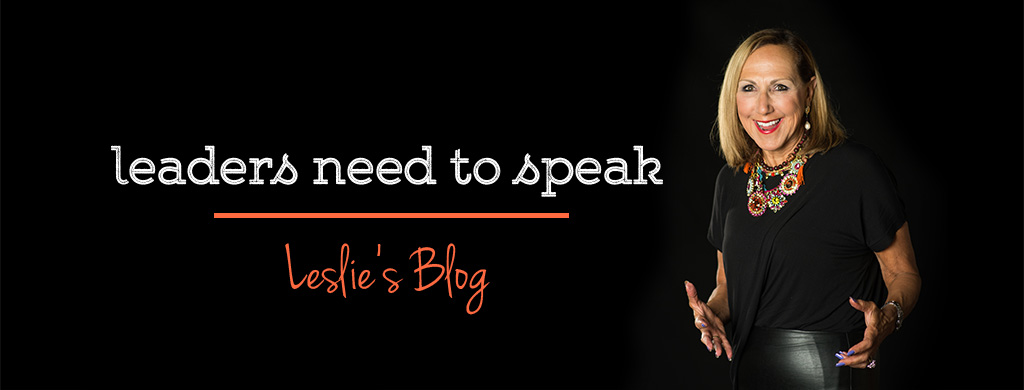This is lesson #70 from my soon to be published book, HorseTalk: Lessons in Leadership. Each lesson is divided into 4 parts. The 4th is the call for action, ways to implement the lesson outside of the pasture!
The Story
We were in Louisville, Kentucky for the Arabian and Half-Arabian National Championships. We had arrived in the middle of the night, wanting to trailer the horses in the cool evening hours rather than during the heat of the day.
I was competing with two horses, barn names Impi and Boo. After getting the horses out of the trailer, preparing their stalls, and unloading all tack, feed and costumes, I observed that something seemed “off” with Boo, whose real name was Hawk Hill Goddess.
HorseTalk Insights
I requested a veterinarian, who is always on call at a horse show. When he came he asked me why I thought there was anything wrong with my horse. I remember clearly that I answered, “A mother knows”. What I meant was that I knew my horse’s healthy signs and I knew the signs when she was unhealthy. Late that night I observed what I saw as unhealthy signs.
Life and Business Lessons
The more you focus and the more you are attuned to your audience the more you succeed. In the world of communication, you are the speaker whether your audience is someone you talk to in the hallway, at your desk, on the phone, in a small group meeting or a large ballroom.
Martin Luther King’s I Have a Dream speech is actually incorrectly named. The first half of the speech, the speech he wrote for the March on Washington, is a speech centered around a financial theme. While he spoke MLK observed his audience at the Lincoln monument on that humid August day. Although the speech was well written, the observable signs were that it was not the speech 100,000 people came to hear that day.
The audience was very quiet and gazing all around rather than intently listening to the speaker. About half way through the prepared manuscript MLK closed his notes and soared into what has become known as the I Have a Dream speech, one of the finest speeches ever delivered. He never looked at his notes again because there were no written notes for the remainder of the speech.
Your Call to Action
Observe details about each person and the audience as a whole:
- Are their “hip bones” facing you?
- Are they leaning in to you or away from you?
- Did they choose to sit next to you or across from you?
- Did they select the seat at the head of the table or next to you?
- Do they stop to talk to you or talk while walking?
- Is their attention on their phone or you?


